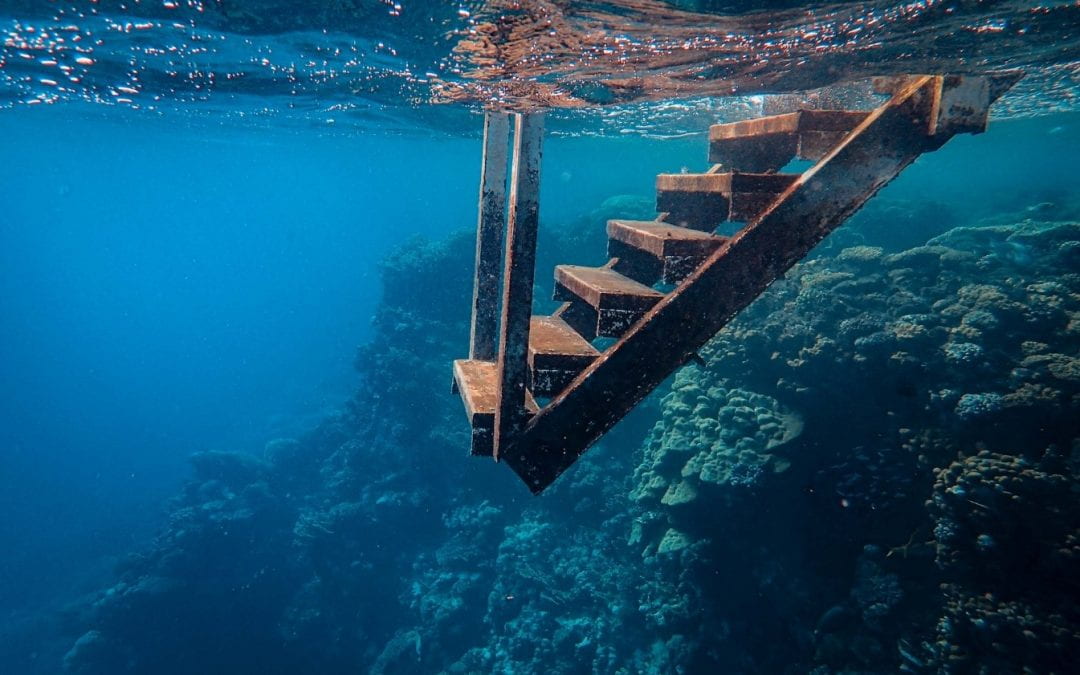By Komathi Kolandai-Matchett
Effective communication, capable of garnering public support for marine conservation, appears more urgent now than ever before.
Marine ecosystems are besieged by multiple human-caused threats – temperature and acidity increases, toxins, plastics, and sedimentation, to name a few. Effective communication, capable of garnering public support for marine conservation, appears more urgent now than ever before, as public understandings of these threats appear negligible when compared to the scientific evidence. With this goal in mind, Maria Armoudian and I explored the potential of different message frames to improve communication about complex marine issues in a recent review article in Aquatic Conservation: Marine and Freshwater Ecosystems.
Intersecting with behavioural and social psychology, environmental communication researchers have designed messages using different frames, and tested them for effectiveness. In our review, we identified six key interconnected framing categories that can inform marine science communication. For instance, social norm frames convey messages about what most others approve and how most others behave. Communicators could use this framing to convey majority or socially approved environmental behaviour to encourage others to follow suit. Messages could highlight social norms around refusing plastics – sending an implicit message that this is now a new norm associated with the norm of caring about our oceans.
Problem and solution frames are interlinked in environmental communication. How a marine problem is framed tends to influence people’s responses to proposed solutions. Problem severity frames that create a sense of urgency are useful for communicating issues that are relatively unknown such as deep-ocean mining and radioactive waste dumping. However, this frame can sometimes run the risk of making issues seem unsolvable and therefore inadvertently causing inaction. Communicators might increase the impact of proposed solutions with supporting efficacy frames, which assure sufficient political and collective actions to make a difference.
Value-based frames in communication reflect audiences’ values and beliefs. Anthropocentric frames focus on valuing nature because of its benefits to people (health, food, livelihoods), while ecocentric frames encourage valuing nature for its own sake. Anthropocentric frames are widely used, and reflected in terms such as ‘natural resources’, ‘ecosystem services’ and ‘natural capital’. Such framing, however, is at odds with an important emotional frame – the human-nature relationship frame which evokes our connections with the ocean and marine life through positive emotions such as love and empathy. Framing the ocean’s values as ‘offerings’ (suggesting a reciprocal relationship) rather than ‘services’ (suggesting instrumental use) could offer a way of balancing the power of these two frames.
While focusing on the content of their media communication is important for increasing impact, scientists could also consider the significance of how they frame their messages. As Lincoln University ecologist, Dr Steve Urlich’s comments on our journal article suggest, scientists may be instinctively, rather than strategically framing their science.
“The frames were informative and cognitively useful. I found myself thinking about some of the newspaper opinion pieces I’ve written recently and wondering which ones I’ve been employing!” Steve Urlich (1 June 2020)
While it is natural to intuitively frame while communicating, strategic framing, often informed by research, is a conscious and intentional effort to convey messages in particular ways to influence reception. Strategic framing in science and environmental communication does not involve falsely spinning information and is not akin to propaganda. Rather, it is a process of considering how scientific facts are communicated or deciding which evidence is more beneficially impactful. One objective of strategic framing in environmental communication is to positively affect attitudes and perceptions and motivate change or action for the common good of environmental protection or conservation. Often at the forefront of media communication, scientists may elicit greater levels of public response by giving thought to how they frame their media messages.
Komathi Kolandai-Matchett is a recipient of a George Mason Centre for the Natural Environment post-doctoral fellowship at the University of Auckland. She specialises in environmental science communication.
Disclaimer: The ideas expressed in this article reflect the author’s views and not necessarily the views of The Big Q.
You might also like:

